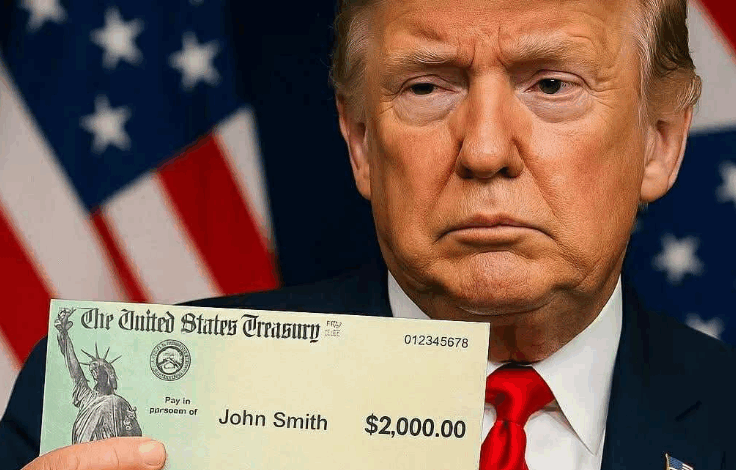Treasury Secretary Scott Bessent weighed in on ABC’s This Week, hinting that the $2,000 payout might not come as a direct check, though details remain vague. Americans are left with questions: How exactly will it be funded? Will Congress need to approve it?
The Numbers
From April to October alone, tariffs brought in about $151 billion — a record jump compared to past years. Proponents argue revenue could eventually hit $500 billion annually if current tariffs continue or expand. At that level, a $2,000 payment to every American would require hundreds of billions, pushing the limits of projected tariff income.
Even within Trump’s own party, skepticism exists. Ohio Senator Bernie Moreno bluntly stated, “It’ll never pass. We’ve got $37 trillion in debt.” Many lawmakers argue that without significant federal spending reform, any large-scale cash program faces major obstacles.
Legal Hurdles
The Supreme Court’s upcoming decision adds uncertainty. If justices rule the use of emergency powers for broad tariffs is unconstitutional, the government may need to scale back or refund billions. Certain tariffs, like those on steel, aluminum, and automobiles, seem less vulnerable and could remain, maintaining leverage in trade negotiations.
Economists caution that tariffs often increase costs for businesses, which can then trickle down to consumers. Supporters insist the revenue offsets that impact, while critics worry Americans might pay more in higher prices than they gain in dividends.
Public Reaction
Despite all the complexities, the $2,000 dividend announcement has captured public attention. Whether it becomes policy or remains political theater, it highlights a central tension in American politics: easing household financial stress while navigating legal and economic realities.
Trump’s proposal underscores the delicate balance between presidential ambition, constitutional limits, and fiscal practicality. The road from announcement to implementation will require legal reviews, congressional debate, and economic analysis — a process far messier than any social media post suggests.
For now, the plan is a headline-grabbing promise that has Americans talking, analyzing, and speculating. Bold announcements can excite the public, but turning them into actionable policy is always the hard part.
What do you think about the $2,000 tariff dividend?
Could it actually help American families, or is it more political theater? Share your thoughts and join the conversation below!

